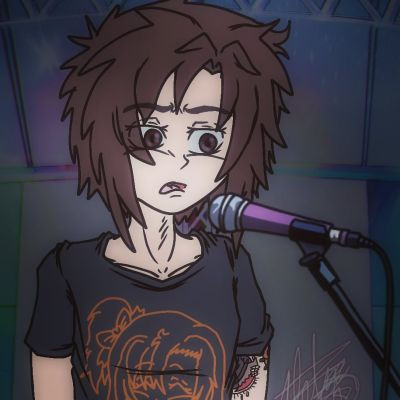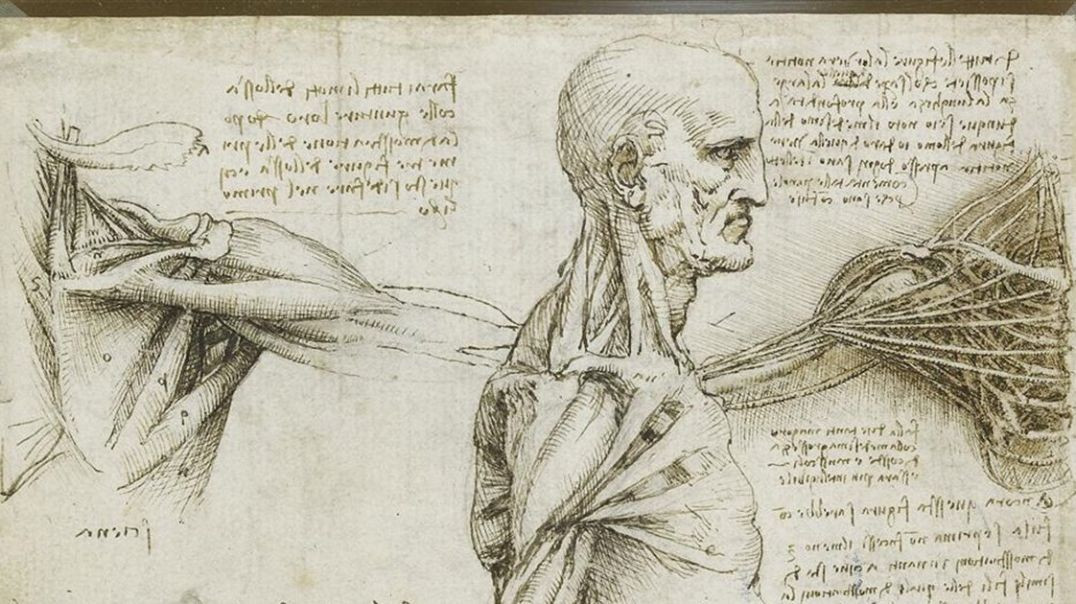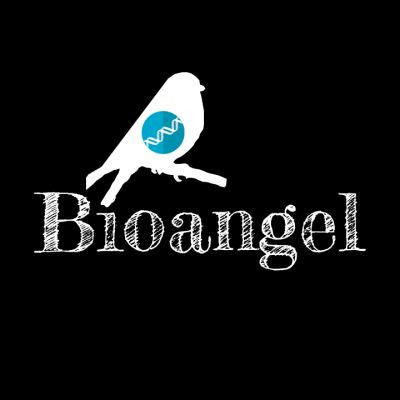
Alegs Asakura
SubscribersLiked videos


Bibliografía: <br>Capítulo 1: <br>[1] Cole, L. A., & Kramer, P. R. (n.d.). Human physiology, biochemistry and basic medicine <br>[2] Travison, T. G., Vesper, H. W., Orwoll, E., Wu, F., Kaufman, J. M., Wang, Y., Lapauw, B., Fiers, T., Matsumoto, A. M., & Bhasin, S. (2017). Harmonized reference ranges for circulating testosterone levels in men of four cohort studies in the United States and Europe. Journal of Clinical Endocrinology and Metabolism, 102(4), 1161–1173. <br>https://doi.org/10.1210/jc.2016-2935 <br> <br>[3] Hall, J. E. (John E. (n.d.). Guyton and Hall textbook of medical physiology <br>[4] Dreher, J. C., Dunne, S., Pazderska, A., Frodl, T., Nolan, J. J., & O’Doherty, J. P. (2016). Testosterone causes both prosocial and antisocial status-enhancing behaviors in human males. Proceedings of the National Academy of Sciences of the United States of America, 113(41), 11633–11638. <br>https://doi.org/10.1073/pnas.1608085113 <br> <br>[5] Swerdloff, R. S., Dudley, R. E., Page, S. T., Wang, C., & Salameh, W. A. (2017). Dihydrotestosterone: Biochemistry, physiology, and clinical implications of elevated blood levels. In Endocrine Reviews (Vol. 38, Issue 3, pp. 220–254). Endocrine Society. <br>https://doi.org/10.1210/er.2016-1067 <br> <br>[6] Zirkin, B. R., & Papadopoulos, V. (2018). Leydig cells: Formation, function, and regulation. In Biology of Reproduction (Vol. 99, Issue 1, pp. 101–111). Oxford University Press. <br>https://doi.org/10.1093/biolre/ioy059 <br> <br>[7] Zitzmann, M. (2006). Testosterone and the brain. Aging Male, 9(4), 195–199. <br>https://doi.org/10.1080/13685530601040679 <br> <br>[8] Losecaat Vermeer, A. B., Riečanský, I., & Eisenegger, C. (2016). Competition, testosterone, and adult neurobehavioral plasticity. In Progress in Brain Research (Vol. 229, pp. 213–238). Elsevier B.V. <br>https://doi.org/10.1016/bs.pbr.2016.05.004 <br> <br>[9] Midzak, A. S., Chen, H., Papadopoulos, V., & Zirkin, B. R. (2009). Leydig cell aging and the mechanisms of reduced testosterone synthesis. In Molecular and Cellular Endocrinology (Vol. 299, Issue 1, pp. 23–31). <br>https://doi.org/10.1016/j.mce.2008.07.016 <br> <br>[10] Freeman, E. R., Bloom, D. A., & Mcguire, E. J. (2001). Historical Article A BRIEF HISTORY OF TESTOSTERONE <br>[11] Carré, J. M., & Archer, J. (2018). Testosterone and human behavior: the role of individual and contextual variables. In Current Opinion in Psychology (Vol. 19, pp. 149–153). Elsevier B.V. <br>https://doi.org/10.1016/j.copsyc.2017.03.021 <br> <br>[12] Romanova, Z., Hrivikova, K., Riecansky, I., & Jezova, D. (2022). Salivary testosterone, testosterone/cortisol ratio and non-verbal behavior in stress. Steroids <br>https://doi.org/10.1016/j.steroids.2022.108999 <br> <br>[13] Cole, L., & Kramer, P. (n.d.). Human Physiology, Biochemistry and Basic Medicine <br>[14] Marieb, E., & Hoehn, K. (n.d.). Human Anatomy and Physiology <br>[15] Rosenthal, M., & Glew, R. (n.d.). Medical Biochemistry, Human Metabolism in Health and Disease <br> <br>Capítulo 2: <br>[1] Wang, G., Zhao, D., Spring, D. J., & Depinho, R. A. (2018). Genetics and biology of prostate cancer. <br>https://doi.org/10.1101/gad.315739 <br> <br>[2] Skoracka, K., Eder, P., Łykowska-Szuber, L., Dobrowolska, A., & Krela-Kaźmierczak, I. (2020). Diet and nutritional factors in male (In)fertility—underestimated factors. In Journal of Clinical Medicine (Vol. 9, Issue 5). MDPI. <br>https://doi.org/10.3390/jcm9051400 <br> <br>[3] Whittaker, J., & Harris, M. (2022). Low-carbohydrate diets and men’s cortisol and testosterone: Systematic review and meta-analysis. In Nutrition and Health (Vol. 28, Issue 4, pp. 543–554). SAGE Publications Ltd. <br>https://doi.org/10.1177/02601060221083079 <br> <br>[4]Butler, G., Srirangalingam, U., Faithfull, J., Sangster, P., Senniappan, S., & Mitchell, R. (2022). Klinefelter syndrome: Going beyond the diagnosis. In Archives of Disease in Childhood. BMJ Publishing Group. <br>https://doi.org/10.1136/archdischild-2020-320831 <br> <br>[5]Schatten, H. (2018). Brief overview of prostate cancer statistics, grading, diagnosis and treatment strategies. In Advances in Experimental Medicine and Biology (Vol. 1095, pp. 1–14). Springer New York LLC. <br>https://doi.org/10.1007/978-3-319-95693-0_1 <br> <br>[6] Buvat, J., Maggi, M., Guay, A., & Torres, L. O. (2013). Testosterone Deficiency in Men: Systematic Review and Standard Operating Procedures for Diagnosis and Treatment. Journal of Sexual Medicine, 10(1), 245–284. <br>https://doi.org/10.1111/j.1743-6109.2012.02783.x <br> <br>[7] Finkelstein, J. S., Lee, H., Burnett-Bowie, S.-A. M., Pallais, J. C., Yu, E. W., Borges, L. F., Jones, B. F., Barry, C. v., Wulczyn, K. E., Thomas, B. J., & Leder, B. Z. (2013). Gonadal Steroids and Body Composition, Strength, and Sexual Function in Men. New England Journal of Medicine, 369(11), 1011–1022. <br>Entre otras.


